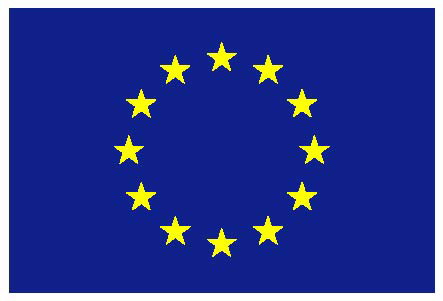PhysRevLett.100.078701
Summary
Serrano, M. A., Krioukov, D. and Bogu\~n\'a, M. (2008) Self-Similarity of Complex Networks and Hidden Metric Spaces. Phys. Rev. Lett., 100:078701. ((URL))
Abstract
We demonstrate that the self-similarity of some scale-free networks with respect to a simple degree-thresholding renormalization scheme finds a natural interpretation in the assumption that network nodes exist in hidden metric spaces. Clustering, i.e., cycles of length three, plays a crucial role in this framework as a topological reflection of the triangle inequality in the hidden geometry. We prove that a class of hidden variable models with underlying metric spaces are able to accurately reproduce the self-similarity properties that we measured in the real networks. Our findings indicate that hidden geometries underlying these real networks are a plausible explanation for their observed topologies and, in particular, for their self-similarity with respect to the degree-based renormalization.
Bibtex entry
@ARTICLE { PhysRevLett.100.078701,
AUTHOR = { Serrano, M. A. and Krioukov, D. and Bogu\~n\'a, M. },
VOLUME = { 100 },
JOURNAL = { Phys. Rev. Lett. },
MONTH = { Feb },
NUMPAGES = { 4 },
TITLE = { Self-Similarity of Complex Networks and Hidden Metric Spaces },
YEAR = { 2008 },
URL = { http://link.aps.org/doi/10.1103/PhysRevLett.100.078701 },
DOI = { 10.1103/PhysRevLett.100.078701 },
ISSUE = { 7 },
PUBLISHER = { American Physical Society },
PAGES = { 078701 },
ABSTRACT = { We demonstrate that the self-similarity of some scale-free networks with respect to a simple degree-thresholding renormalization scheme finds a natural interpretation in the assumption that network nodes exist in hidden metric spaces. Clustering, i.e., cycles of length three, plays a crucial role in this framework as a topological reflection of the triangle inequality in the hidden geometry. We prove that a class of hidden variable models with underlying metric spaces are able to accurately reproduce the self-similarity properties that we measured in the real networks. Our findings indicate that hidden geometries underlying these real networks are a plausible explanation for their observed topologies and, in particular, for their self-similarity with respect to the degree-based renormalization. },
}




